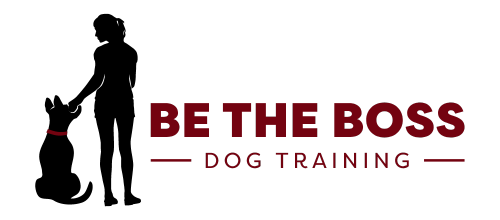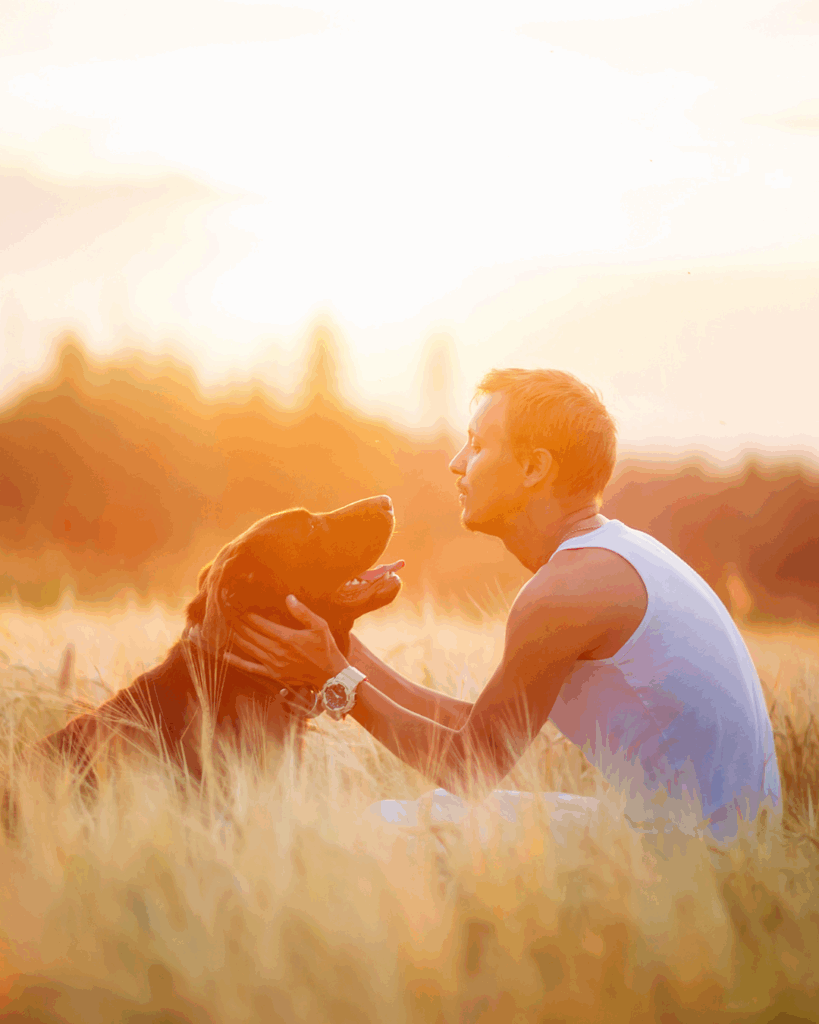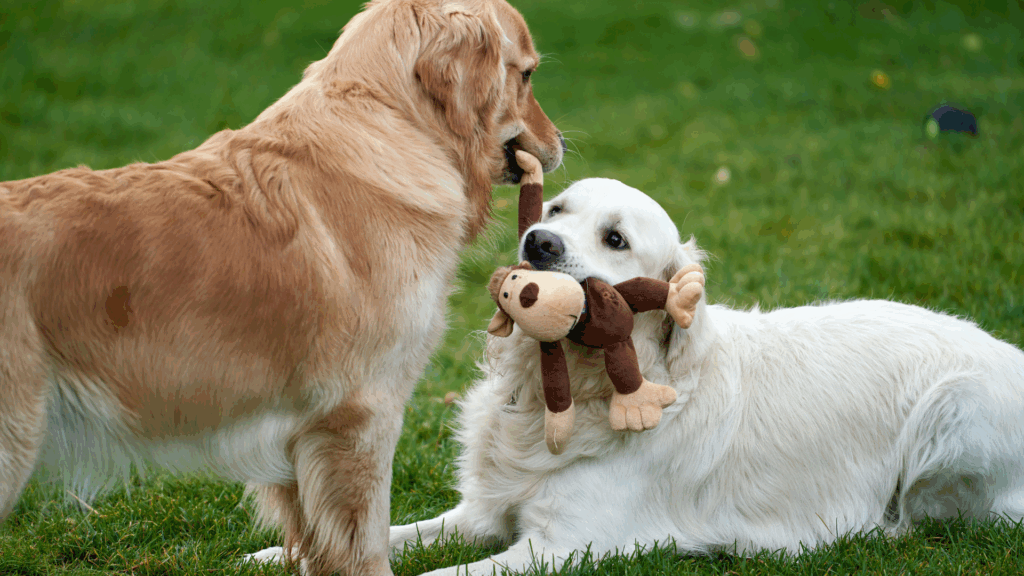That’s a great question.
The old saying “a pound of cure is worth an oz of prevention”. Training them young to walk nicely on a leash, come when called, sit, down, stay, stop biting, stop jumping and stop tearing up the furniture can save you money and time in the future.
A lot of dogs turned into shelters are under a year old. The reason? They won’t stop jumping or biting, they pull on the leash, and other behavior that might have been stopped as a puppy.
Stopping the behavior when they are older is harder (not impossible by any means) as they have developed a habit now, of this behavior. But the suffering of the human family from bites to the arms, scratches from jumping, and frustration from pulling on the walk has been accumulating as well. Patience runs thin, and sometimes the family feels they have no choice but to drop them off at a shelter or humane society. If this is best for the family, please do this.
However, trained and raised right when they are young, not only saves furniture, time and money…but you avoid the months or years of frustration that can accumulate for humans.




